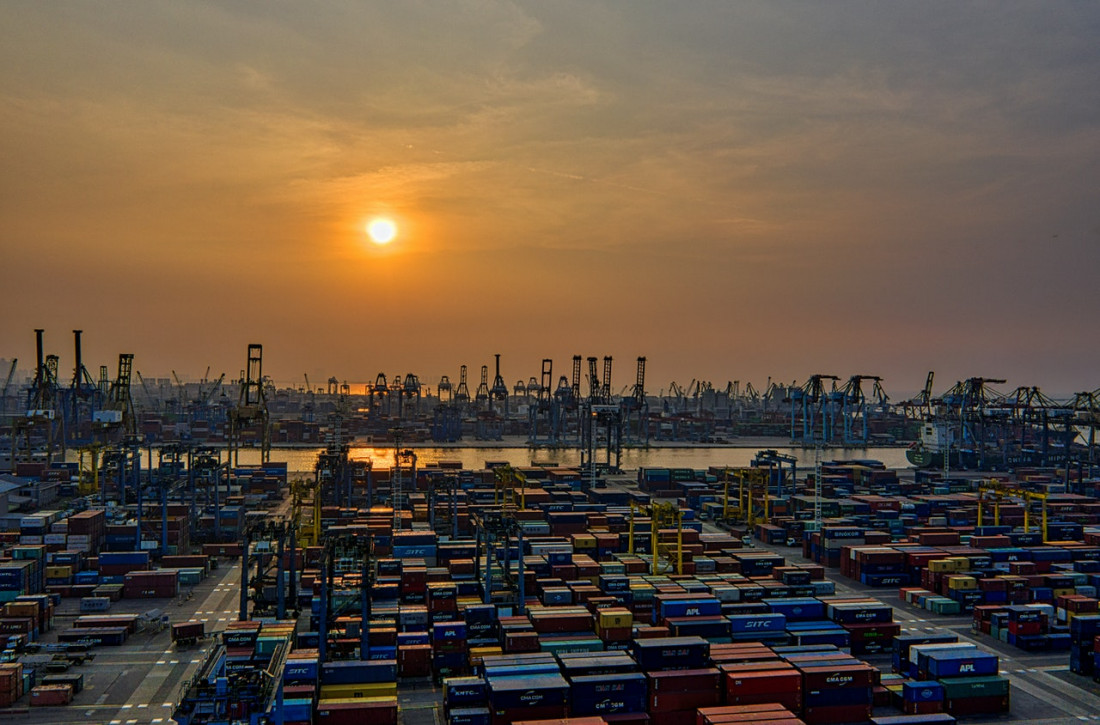There is much to be positive about with the Indian chemicals industry. With a rapidly growing middle class, demand for domestic products is increasing, whilst at the same time government and industry chiefs are all preparing for expansion.
This is a point made by Vishnu Sankaran, Associate Director and Head – Chemicals, Middle East, North Africa and South Asia at market analysts Frost & Sullivan. He says that the industry has been, “Buoyed by key factors such as robust growth in end user segments, government’s and industry’s focus towards manufacturing, value addition and increased competitiveness of Indian manufacturers in the global markets.” Concluding that, “India is likely to emerge as a major player in the global specialty chemicals domain.”
With such positive predictions about the future of the industry, India is attracting more and more interest from foreign investors, keen not to miss out on the development of this enormous economy.
This surge in foreign money is something that has been observed by Sankaran, “The [Indian] chemical industry received FDI [foreign direct investment] to the tune of $8.8 billion during the 2000-2013 period, with over 75% of the inflows during the past three years. A major chunk of this FDI came from specialty manufacturers such as BASF, Dow Chemicals Company, Bayer Group and Clariant International AG.”
Kumar Kandaswamy, senior director, Deloitte Touche Tohmatsu India, agrees that the figures are strong. He notes that FDI into the specialty chemicals sector was among the highest in 2011-2012, and notes that the rate of investment is increasing, having calculated that, “[In the last few years] $7 billion of foreign flows have come in.“
However, local firms are also beginning to see value in investment. Omkar Specialty, having only recently branched out into veterinary drugs, is already seeing a return and has outlined a further $16 million worth of investments over the next two years, more than tripling its gross block. Similarly, Atul Limited is already planning to expand its para-Cresol capacity within months of commissioning it.
Interestingly, much of this investment is being spent on establishing a ground work for research, building labs and research centres, not just process plants. Clariant is one multinational that is taking advantage of the current climate to invest in Indian chemicals. As Dr Deepak Parikh, Vice-Chairman and managing director at Clariant in India makes clear. “We are set to establish highly advanced technologies leading to the creation of a robust system across platforms, for example, upgraded technical service labs to modernised manufacturing practices, leading to tailor-made products and services. This will further reinforce our commitment towards the specialty chemicals business in India and bring us closer to offering innovative and customised solutions for our customers.”
Research funds are also coming from government, with a cooperative arrangement being established between industry heads at the Confederation of Indian Industries (CII) and the Department of Science and Technology (DST). They have started a scheme called the Global Innovation and Technology Alliance which allows the industry to choose the direction that research takes, unlike previous schemes, where the research has been lead by universities. According to Samit Jain, a director at Pluss Polymers, this will, “result in several innovations coming out from the industry hopefully enabling India to lead the specialty chemicals market in the years ahead.”
Alongside research assistance, the government is also freeing up international trade. It has already signed multiple Free Trade Agreements with several countries, creating a system where there is either no import duty or negligible import duty on a wide range of chemicals. Whilst many are worried that the juvenile Indian chemicals industry may suffer if exposed to outside competition so soon after years of a protectionist market, others claim that the competition will merely strengthen the industry in the long term. A point made by Manish Panchal, Practice Head – Chemicals, Energy & Supply Chain Management at Tata, who states that, “[The agreements] make the Indian industry less price competitive and hence players are required to build capacities which bring in economies of scale.”
Nitin Nabar, Executive Director and President – Chemicals at Godrej Industries Ltd agrees that the agreements will aid growth and encourage expansion. He notes how the specialty chemicals industry is, like others, becoming more global, and sees how freer trade amongst countries will strengthen India’s position in that growth. He says, “The global specialty chemical industry is projected to be $1 trillion by 2020 and Asia’s share (excluding Japan) is likely to be 35%. In line with this trend, specialty chemicals is gaining momentum in India and, according to a study by CII, it is expected to grow from $20 billion to $80 billion in the next decade.”
With growth as big as that in less than ten years, it is difficult to imagine anything but success for everyone in the industry. However, there are certain to be challenges, if for no other reason than the rapid expansion of specialty chemical industries in other Asian economies. Singapore, China, Vietnam, Indonesia and Thailand are not going to sit by and let India take the lion’s share of the market expansion.
In which case, it becomes a question of which country has the biggest competitive advantages to succeed. Or at least, which countries have the fewest disadvantages.

